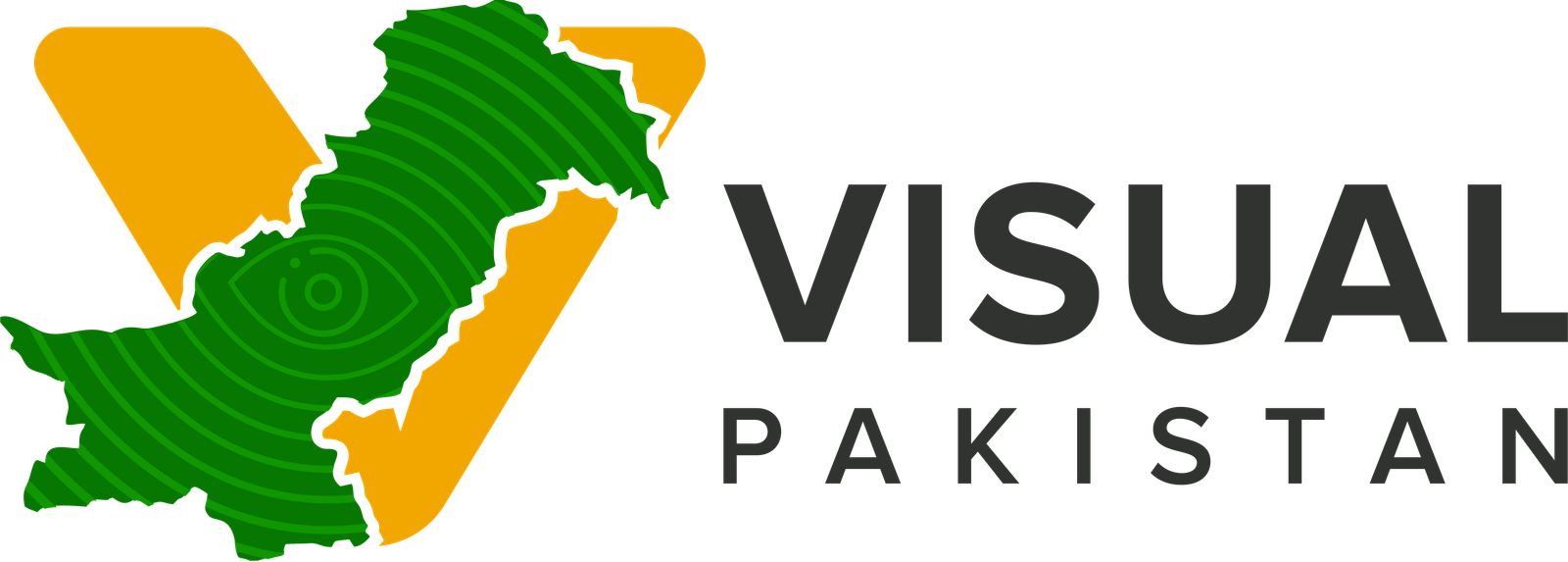When we think of Pakistan’s natural beauty, we usually picture mountains in the north or green fields in Punjab.
But there’s another side to the country that’s just as powerful and fascinating its deserts. In this guide, we’ll look at exactly how many deserts are there in Pakistan, where they’re located, and what makes each one special.
As of 2025, Pakistan is home to five major deserts. These aren’t just dry and empty lands; each one has its own unique climate, culture, and purpose.

From the blazing sands of Thar to the snow-covered dunes of Katpana, these deserts cover thousands of square kilometers and stretch across multiple provinces.
Table of Contents
ToggleThar Desert

The Thar Desert is the most well-known and the largest desert in Pakistan. It stretches across the southeastern part of Sindh and into India’s Rajasthan state. In Pakistan, it covers districts like Tharparkar, Umerkot, and parts of Sanghar and Khairpur.
Covering approximately 175,000 square kilometers (shared with India), the Thar Desert is home to sand dunes, thorny bushes, and wildlife such as peacocks, deer, and camels.
What’s surprising is that despite its harsh climate, the Thar Desert is heavily populated. People here live in mud houses, raise livestock, and follow traditions passed down for generations.
Rainfall is low and uncertain, but when it does rain, it brings short bursts of greenery that locals call “Sawan ka safar.” The culture, colors, music, and resilience of Thar make it more than just a desert it’s a living story.
Cholistan Desert

The Cholistan Desert is located in southern Punjab, just outside Bahawalpur. It covers around 26,000 square kilometers and is sometimes called the “Rohi” desert by locals.
Cholistan is part of the greater Thar desert ecosystem but has a distinct cultural identity. One of its most famous landmarks is the Derawar Fort, a centuries-old structure that stands proudly in the desert.
Every year, the Cholistan Desert Jeep Rally attracts thousands of people, both locals and tourists, making it one of the biggest motorsport events in the region.
Despite being dry and hot, this desert supports life. People raise sheep, goats, and camels. Some areas are being developed through canal irrigation projects to convert parts of Cholistan into arable land.
This desert shows how, among the five in Pakistan, Cholistan stands out for blending history, culture, and development.
Thal Desert

The Thal Desert lies between the Indus and Jhelum rivers in central Punjab, covering an area of about 20,000 square kilometers. While it’s one of the lesser-known deserts in Pakistan, it plays a key role in the country’s agriculture.
Unlike the pure sand of Thar or Cholistan, Thal’s terrain is a mix of sandy dunes and semi-arid plains. Traditionally, this desert was considered unfit for farming, but things have changed with the Thal Canal Project.
Now, large areas are being irrigated, allowing for the cultivation of wheat, grams, and other crops.
This desert, among the five found in Pakistan, reflects how human effort and planning can bring productivity to even the driest places.
Kharan Desert

The Kharan Desert is located in western Balochistan. It is one of the most remote and dry areas of Pakistan, covering nearly 20,000 square kilometers. The terrain here is a mix of sandy flats and rugged, barren mountains.
This desert is mostly uninhabited due to its harsh conditions and limited water resources. But it holds historical importance. In 1998, Pakistan conducted one of its nuclear tests here Chagai-II.
Since then, Kharan has been known not just as a dry zone but also as a strategic location.
Among the five deserts in Pakistan, Kharan is perhaps the most mysterious and least explored. Its silence and emptiness speak volumes about the challenges of survival in such landscapes.
Katpana Desert – The Coldest Among How Many Deserts Are There in Pakistan

Located near Skardu in Gilgit-Baltistan, the Katpana Desert is one of the highest cold deserts in the world. Sitting at around 2,200 meters above sea level, it’s completely different from the hot and dry deserts of Sindh or Punjab.
In winter, this desert gets covered in snow, turning its sandy surface into a white wonderland. It may be small in size compared to the others, but it draws a lot of attention from tourists. Since it’s close to Skardu city and airport, visitors often stop here on their way to explore the mountains.
Katpana is a unique example of how not all deserts are burning hot. Among the five deserts found in Pakistan, it stands out for its temperature, location, and scenic beauty.
Final Thoughts
Understanding how many deserts are there in Pakistan tells us a lot about the country’s natural and cultural richness. From the massive Thar to the icy Katpana, these deserts are full of life, history, and potential.
Each desert plays a different role some support farming, others boost tourism, and a few still remain untouched. As Pakistan continues to grow, it’s important to develop these areas responsibly while protecting their natural balance.
These deserts are not just empty lands they are stories written in sand, history, and human resilience. Knowing about them helps us appreciate a side of Pakistan that’s often overlooked.
FAQs: How Many Deserts Are There in Pakistan?
1. How many deserts are there in Pakistan?
There are five major deserts: Thar, Cholistan, Thal, Kharan, and Katpana.
2. Which is the largest desert in Pakistan?
The Thar Desert is the largest, covering around 175,000 square kilometers (shared with India).
3. Which is the coldest desert in Pakistan?
The Katpana Desert in Gilgit-Baltistan is a high-altitude cold desert.
4. Can people live in these deserts?
Yes, especially in Thar, Cholistan, and Thal. Many local communities live there and depend on livestock and limited farming.
5. Are any deserts being developed for farming?
Yes, especially in Thal and parts of Cholistan, where canal irrigation is transforming desert land into farmland.
For more information related to business or tech visit our Home page Visualpakistan.com




